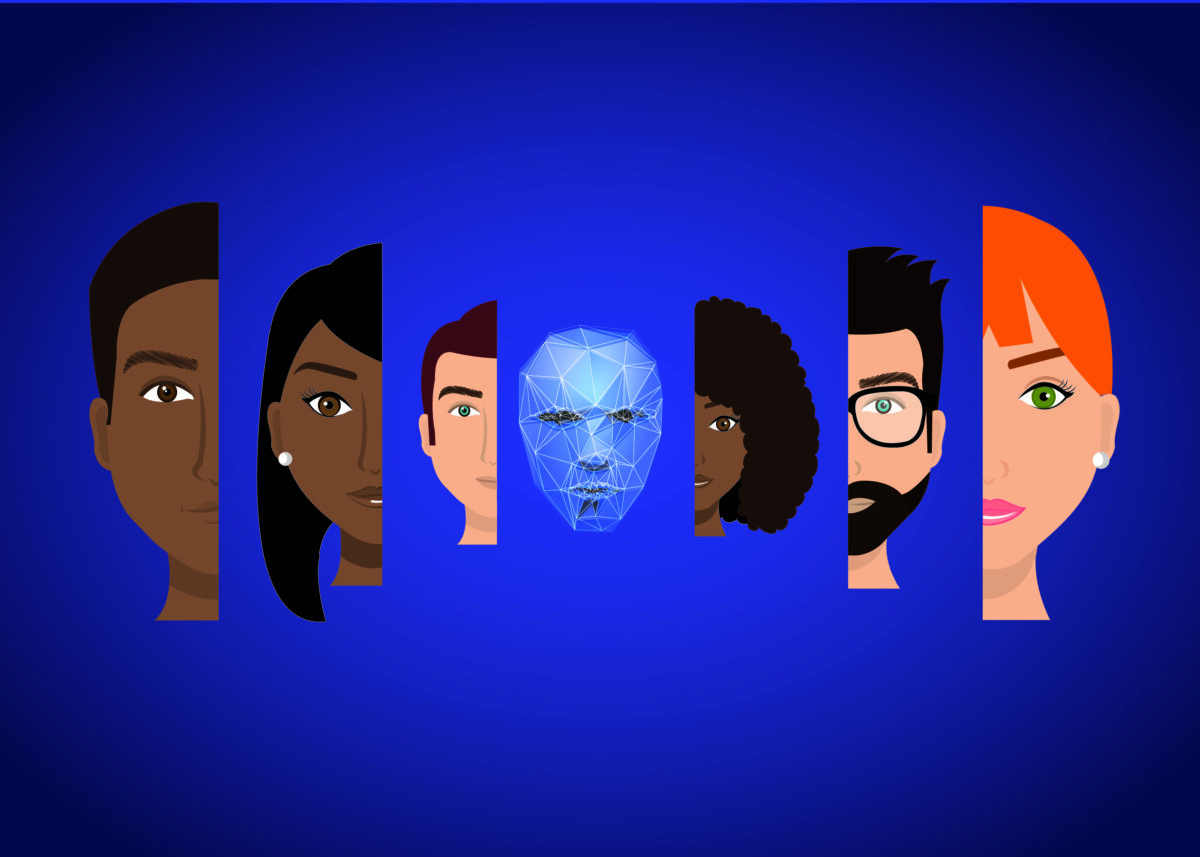AI Bias

AI Bias
Isn’t it a cakewalk? Social Distancing methods, proctored exams, self-driving cars, etc. Voila! All hail, the AI king.
AI is a boon in this 21st century. It has saved enormous resources including time and money. However, the world ain’t black and white. There are certain limitations to this powerful giant. When used under these limitations, it works wonders, else it is a threat. Ethical AI is the safest practice. Companies have been trying to practice safe methods and improve their effectiveness. Let’s dig into this more!
The recent, and deceptive threat of AI is the biased algorithm. This bias leads to the growth of racist, sexist, prejudiced decisions. The potential of AI bias follows an exponential graph. A machine learning model consumes data provided to it. It works solely on the training data set. Now, the algorithm is biased towards its master. Most AI models are made by white males, thus the model consumes prejudice in data. Thus, the search results show an affinity towards one section of society. This bias data that floats over the world is a direct and indirect effect of our actions. It can lead to unethical practices and may hamper world peace too.
Before learning means of eradicating AI discrimination. We need to learn the roots of this AI discrimination.
Causes of AI bias
Data
The training data set travels miles before being consumed by the model. The data consists of underlying social evils that are passed from generation to generation. Society is growing at a faster pace. Although, we are eradicating these norms. The biased data preserves the undue social norms and affects the society psychologically. Several problems arise due to the bad interpretation of data. Thus, data is an asset and needs to be analyzed precisely.
Algorithms
Algorithms work on the provided data. Does that mean unbiased data will provide an effective solution? No, it won’t. Algorithms have a common goal which leads towards accuracy. Thus, to attain larger accuracy algorithms go out of their way and prejudice the data. Hence, we need to set definite objectives for algorithms. The algorithm in turns does not stray away in the name of accuracy.
People
It all falls on humans! Humans train the AI model, decide the absolute AI algorithm and deploy it. The functioning of the model is based on human beliefs, which is a subjective matter. Beliefs are defined themselves, what seems fair to one may be unfair to the other. The root cause of the bias is the underlying rooted beliefs. The biggest challenge is to define unbiased aspects for all.
The types of AI bias:
Cognitive Bias
This bias is a result of multiple feelings and psychological aspects of a human. Each bias has a different effect and shows prejudice in data. This easily gets mixed up in the data. Thus, we see a deflection resulting in a bias.
Insufficient data-led bias
Incomplete data may hamper the process of decision making. When working upon a social matter, data attributes should be increased likewise. Lack of these attributes will show a bias in data. Thus, resulting in AI discrimination.
Real-life examples of AI bias
Healthcare risk bias
The US follows a healthcare risk algorithm on its citizens. It is focused on the health and overall being of its people. The algorithm was used to filter those in severe need than others. In the race to acquire better accuracy, this AI system used healthcare expenditure as an attribute. The algo favoured white people over black people. Thus, agitating the racism in AI.
Gender Bias
The Amazon recruiting process launched an automated process to filter out resumes of potential candidates. However, they realized that their results were biased towards men. Amazon and many tech giants had a dominance of men in the past. Thus, AI indirectly inculcated this behaviour, and women’s resumes were trashed into the bin. It deepened the roots of gender bias in the recruitment process. Further, Amazon put a halt on the AI model.
How to reduce AI bias?
We are well aware of the root cause of AI bias. Therefore, here are some methods one can incorporate into its system to regulate it.
Understanding of problem
The first step to avoid bias is studying the data diligently. To receive optimum results, we need to break the problem into smaller chunks. Thus, aiming towards the focused problem.
Expansion of data source
Data should not be focussed on a certain attribute. A large variety of data will ensure transparency in the bias process. Thus, maintaining every subject and a flexible AI model.
Diversity
The larger the pool, the more will be the water. Likewise, the larger the diversity pool of people training the model, the more the training. This will enlarge the scope of the model. Thus, strengthening the core and deploying efficiency. Hence, an influx of women in the tech industry is the need of the hour.
Regulate feedback
Feedbacks serve as the backbone of a model. They define the shelf life of the algorithm. Discussion forums should be active and the team should take care of the feedback received. To Analyze it and offer optimum solutions accordingly. Long live the model!
Put yourself in the user’s shoes
The best way to achieve greatness in a product is to analyze the customer’s view. The model should be user friendly with the user and not offer bias. The model needs to understand multiple beliefs without bias in results.
The future of AI is positive. Automaton AI’s vision is laced with the eradication of AI bias and providing fair AI models. We strive for excellence. Thus, we practice ethical AI ensuring the best platform for all your needs. From training data to ML engineers, we have a wide diversity pool. Thus, we leave no stone unturned at customer service.
